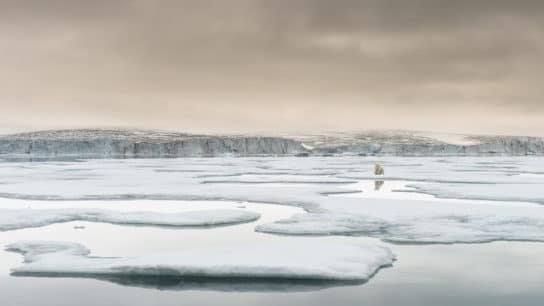There is a 60% probability that La Niña will end between March and May 2025, increasing to 70% for April to June, the World Meteorological Organization said on Thursday.
—
The current La Niña event is likely to be “short-lived,” the World Meteorological Organization (WMO) said on Thursday, on the heels of the third-warmest February on record.
The UN agency predicts a 60% probability that La Niña conditions – which emerged in December – will end between March and May 2025, increasing to 70% for April to June.
The weather pattern, which typically occurs every three to five years, is associated with the periodic cooling of ocean surface temperatures in the central and east-central equatorial Pacific. It sometimes – but not always – follow El Niño events, which instead are associated with the warming of sea surface temperatures in the central-east equatorial Pacific.
The last El Niño event has peaked as one of the five strongest on record, pushing temperatures “off the chart” in 2023 and making 2024 the hottest year in history.
Predictions of seasonal forecasts for events such as El Niño and La Niña are crucial tools to inform early warning for governments and industries, WMO Secretary-General Celeste Saulo said on Thursday.
“These forecasts translate into millions of dollars worth in economic savings for key sectors like agriculture, energy and transport, and saved thousands of lives over the years by enabling disaster risk preparedness,” she said.
The WMO on Thursday also warned that climate events such as El Niño and La Niña are occurring in the broader context of human-induced climate change, which is characterized by rising temperatures, more frequent and intense extreme weather events, and changing rainfall and temperature patterns.
This explains why January was the hottest ever recorded – and by a sizeable margin – despite the presence of La Niña conditions since December.
“January 2025 stands out as anomalous even by the standards of the last two years,” climatologist Zeke Hausfather wrote in a blog post last month. “[A]t least at the start of the year nature seems not to be following our expectations.”
This story is funded by readers like you
Our non-profit newsroom provides climate coverage free of charge and advertising. Your one-off or monthly donations play a crucial role in supporting our operations, expanding our reach, and maintaining our editorial independence.
About EO | Mission Statement | Impact & Reach | Write for us















